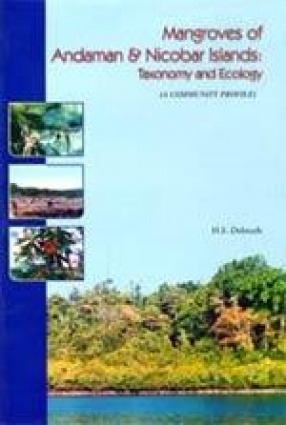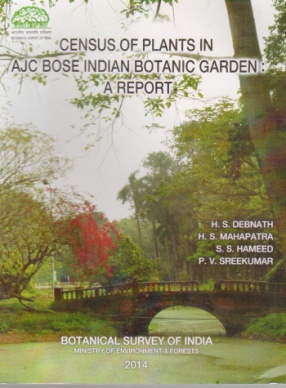The mangrove plant species are members of terrestrial families, which have adaptations to survive under conditions of high salinity, low oxygen and nutrient availability in the soil, wind and wave action and substrate instability. The forest ecosystem consists of intertidal flora and fauna in the tropics and subtropics and dominated by evergreen sclerophyllous broad-leaved trees with stilt root or pneumatophores and viviparous seedlings. Nearly 85% of the Indian mangrove forests are occurring in Sunderbans (West Bengal) and the Islands in the Bay of Bengal. The irregular and deeply inundated coastline of the Andaman and Nicobar Islands, results in innumerable creeks, bays, estuarine that facilitate the development of the rich and extensive mangrove forests. But currently the fragile and sensitive ecological niche is degrading severely due to various anthropogenic stresses and relative sea level rise. So the utmost need of the hour is the proper management of the ecosystem. Mangroves of Andaman and Nicobar Islands : Taxonomy and Ecology (A Community Profile)" is a concise descriptive overview of mangrove plants, with emphasis on the mangroves of Andaman and Nicobar Islands. It deals with general features of mangroves, including physical conditions of mangrove formations, extent and distribution, community types, substrates and water quality, autecology, connections between mangrove, sea grass, coral reef ecosystems in the coastal zone, impact of climatic change and sea level rise on mangroves and management implication. Consideration is given to these physiological specializations that allow mangrove to grow in sea water and an assessment of the value of mangrove is also included. Large part of the volume is a systematic survey of mangrove plants and mangrove associates of Andaman and Nicobar Islands. This section covers the categorization, structure, taxonomic uses and identification.
Census of Plants in AJC Bose Indian Botanic Garden: A Report
According to Almond 1993, ...
$32.40
$36.00






There are no reviews yet.